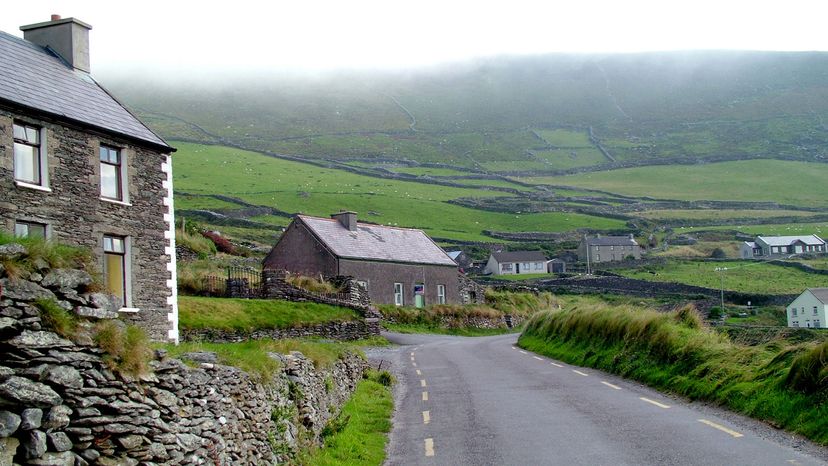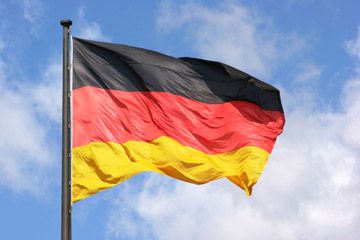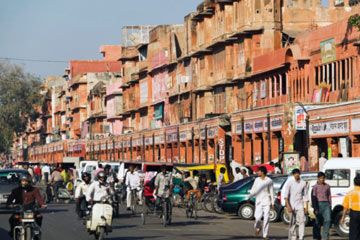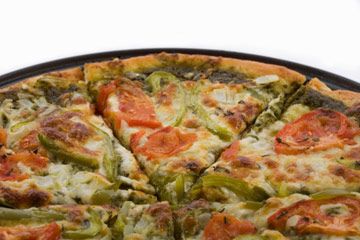
For starters, Ireland is not one country, but two, situated on an island just east of England, and roughly the size of South Carolina. Officially established in 1949, the independent Republic of Ireland (capital: Dublin) takes up most of that land mass. Northern Ireland (capital: Belfast) is situated on the northeast side of the island and belongs to the United Kingdom, and thus, falls under English rule.
Yet this currently stable political environment is a recent development. For hundreds of years, Ireland has seen occupiers come and go, violence and peace wax and wane, as the people across the so-called Emerald Isle searched for a defining and unifying sense of self and culture.
Advertisement
Out of all the chaos and strife, many rock-solid traditions arose, all the while adding to Irish culture and giving this people an identity that's recognizable the world over. And part of that identity is awash in green.
Green has become the most Irish hue. This is in part because this temperate island is literally very green with foliage. The green shamrock, with its three leaves, is what St. Patrick purportedly used to teach the Christian Trinity to potential converts.
And although blue was the color originally associated with St. Patrick's Day, green eventually became the symbolic color of choice. This is because natives who supported Irish-Catholic nationalism often pinned shamrocks to their clothing. During one rebellion, a group of soldiers even went so far as to dress in green uniforms to draw attention to their desire for an independent Ireland.
In the mid-1800's, famine struck Ireland. Many Irish left behind their homeland and dispersed throughout the world, taking their traditions and customs with them. Much of the Irish culture is tinged with the struggles of their long oppression and suffering, yet in each song, dance, and delicious family recipe is steely resolve and hope.
And there's one slice of their culture in particular that speaks to the root of what it means to be Irish – the food. On the next page you'll read more about how Irish culinary choices are intertwined with the culture as a whole.


